Milkweed Plant Live Starter Plant for Garden – Asclepias Syriaca 4 to 9 Inches Tall
Original price was: $24.99.$14.99Current price is: $14.99.
Start your butterfly garden with a Milkweed Plant Live! This Asclepias Syriaca starter plant is perfect for attracting pollinators. Easy to grow and maintain.
Out of stock
-
USDA Hardiness Zone
3-9 -
Soil Type
Well-drained -
Sunlight Exposure
Full Sun -
Expected Planting Period
Spring or Early Fall
You can track your order HERE
Jul 31
Aug 05 - Aug 07
Aug 10 - Aug 14
Shipping and return policies: Our Alive & Thrive Guarantee covers issues with your plants within the first 30 days. Reach out to us. Our team will answer your questions and help you find the plants that are truly suitable for your environment, climate, and personal preferences.
Grow Your Own Butterfly Habitat with Milkweed Live Plant
The Milkweed Plant Live, also known as Asclepias Syriaca, is a must-have for any gardener looking to attract butterflies, especially Monarchs. This hardy perennial is easy to grow and provides essential food and habitat for these beautiful creatures. By planting milkweed, you’re contributing to the conservation of Monarch butterflies and other pollinators. This starter plant will establish quickly, providing years of enjoyment and ecological benefits.
Our Milkweed Plant Live offers several benefits. It’s a low-maintenance plant that thrives in a variety of conditions. The fragrant flowers not only attract butterflies but also other beneficial insects. Milkweed is also known for its medicinal properties and has been used traditionally for various ailments. By planting milkweed, you’re creating a beautiful and ecologically valuable garden.
Key Features:
- Attracts Monarch butterflies and other pollinators
- Easy to grow and maintain
- Fragrant and beautiful flowers
- Hardy perennial
- Supports biodiversity
Getting your milkweed plant established is simple. Choose a sunny location with well-drained soil. Water regularly until the plant is established. Once established, milkweed is drought-tolerant and requires minimal care. Deadhead spent flowers to encourage further blooming. In the fall, allow the seed pods to mature and disperse naturally to encourage new growth.
Frequently Asked Questions:
- How big will the Milkweed Plant Live get? Mature plants can reach 3-5 feet in height and spread 2-3 feet wide.
- What kind of soil does milkweed need? Milkweed thrives in well-drained soil, but it’s adaptable to various soil types, including sandy and clay soils.
- How much sunlight does milkweed require? Milkweed needs at least 6 hours of direct sunlight per day for optimal growth and flowering.
- When is the best time to plant Milkweed? The best time to plant is in the spring or early fall.
- How do I care for my Milkweed Plant Live in the winter? In colder climates, milkweed will die back to the ground in winter. Simply cut back the stems and allow new growth to emerge in the spring. A layer of mulch can help protect the roots during freezing temperatures.

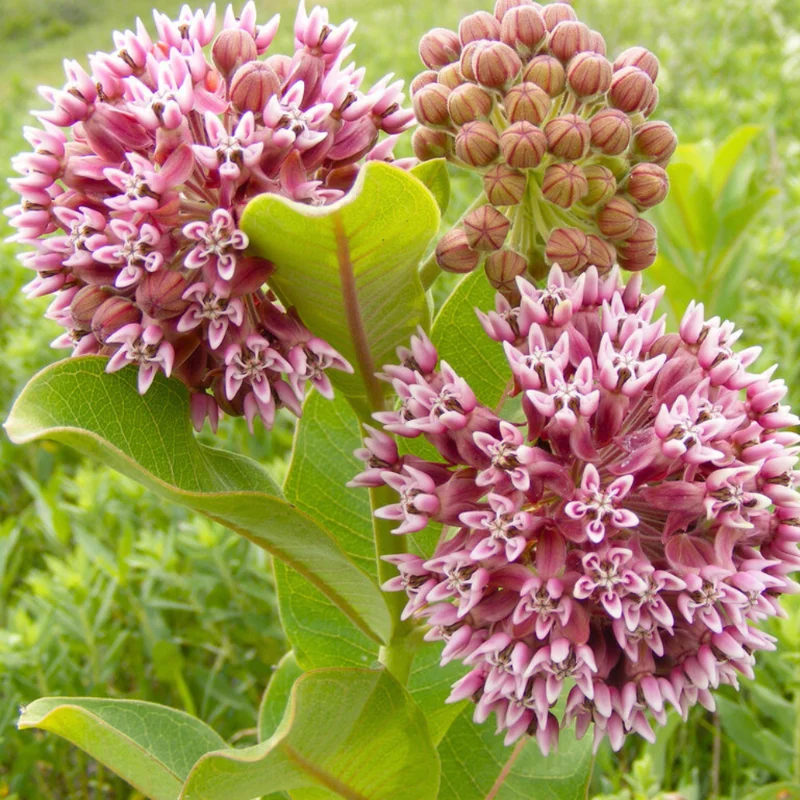
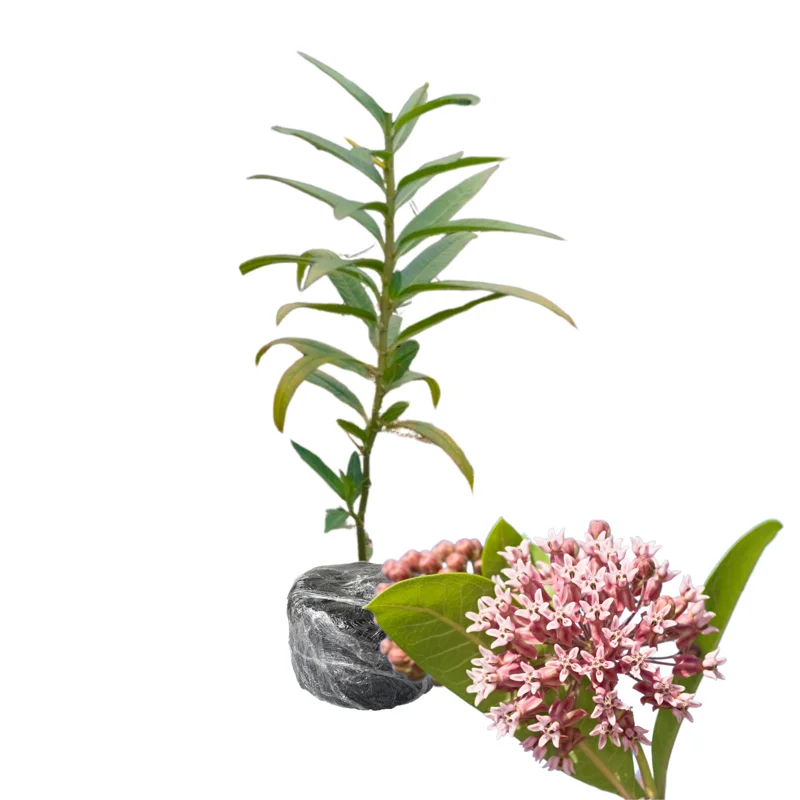
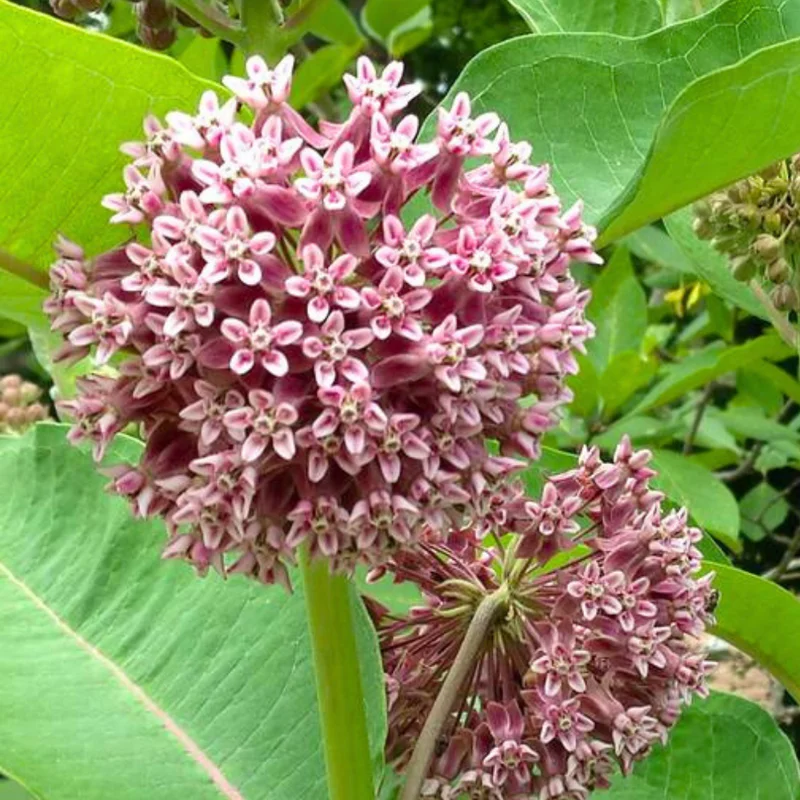
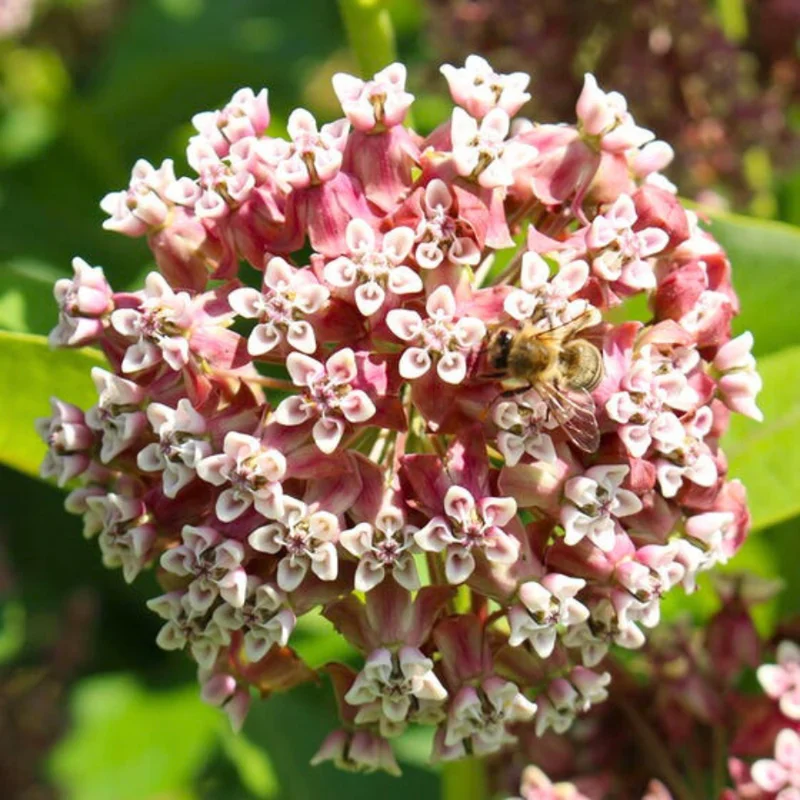
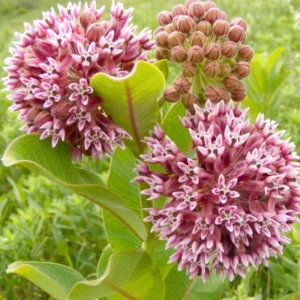
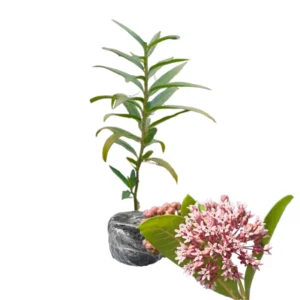
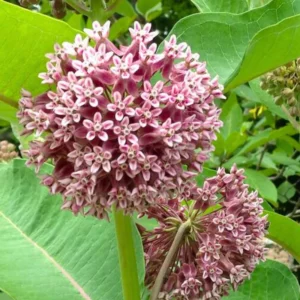
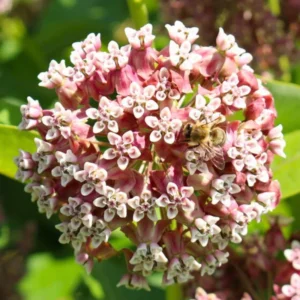

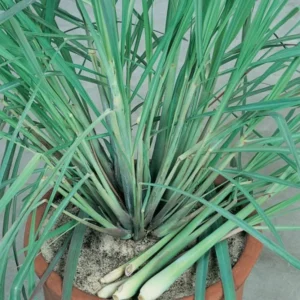
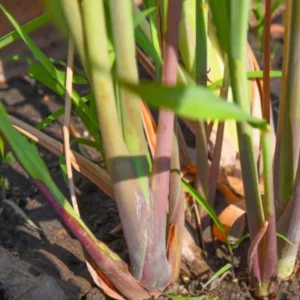



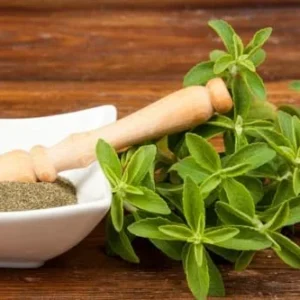
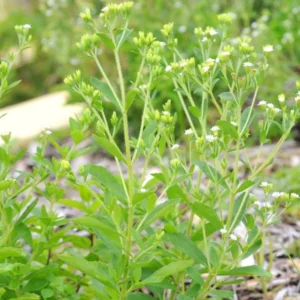
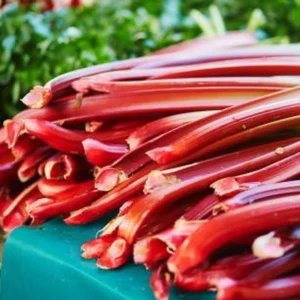
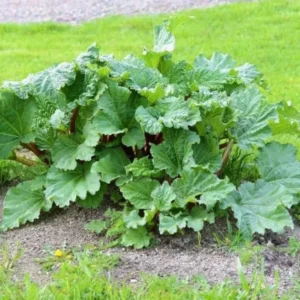
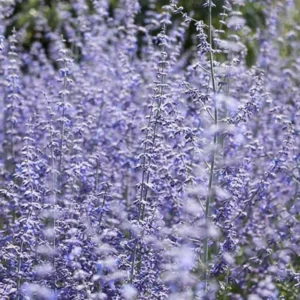
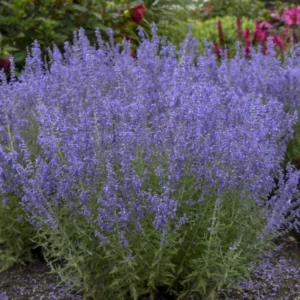
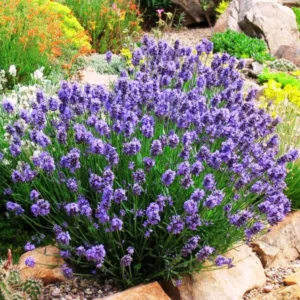
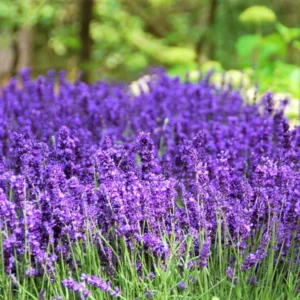
Reviews
There are no reviews yet.